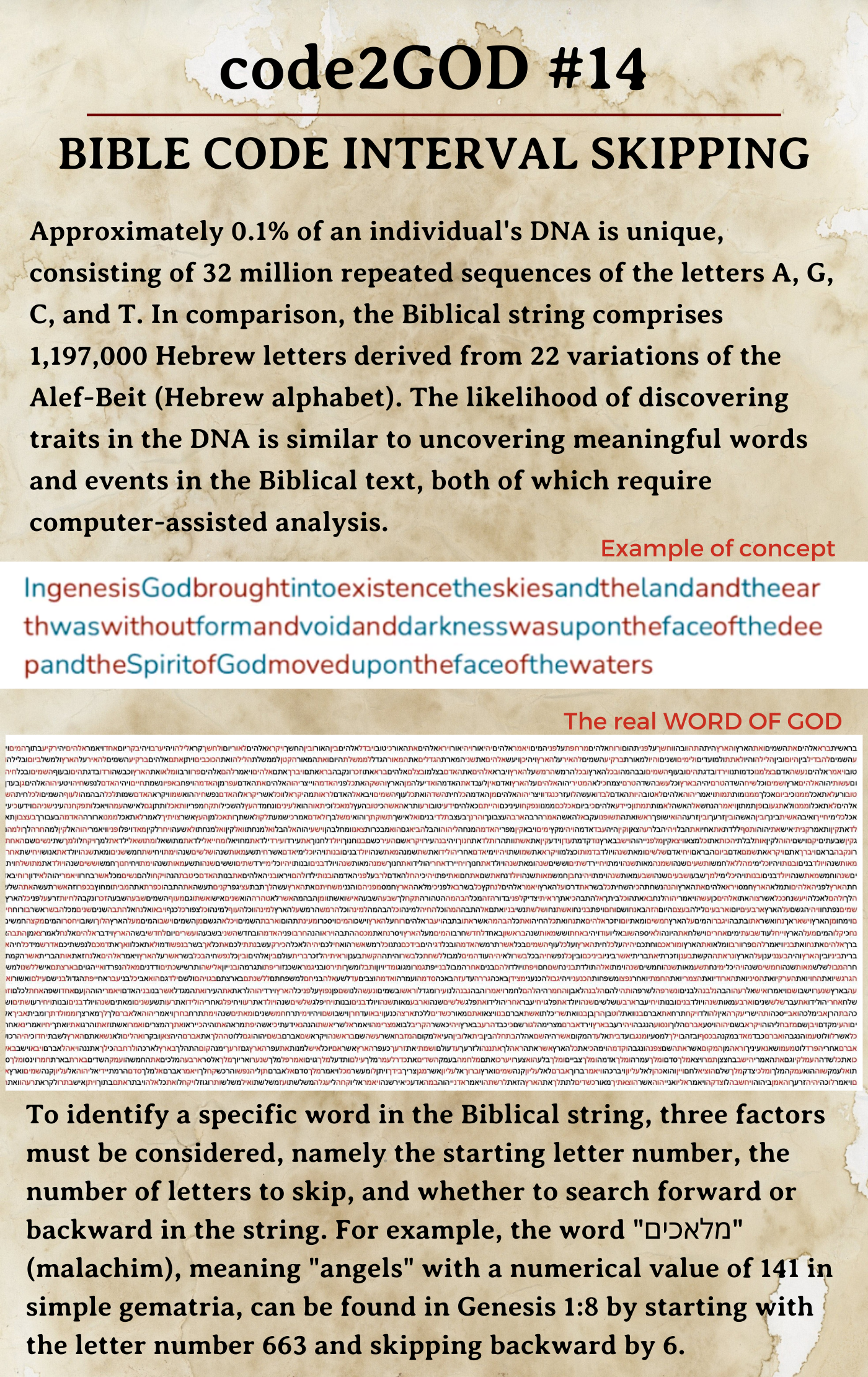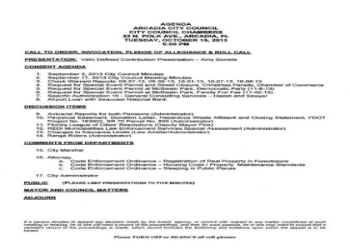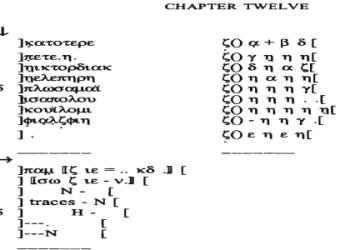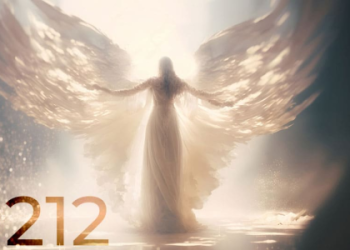Okay, so I was messing around with some encoding stuff the other day, and I got curious about something. I was like, “What character do I get if I treat the number 32 as, like, a code for a letter?” Sounds kinda weird, I know, but stick with me.
My Little Experiment
First, I fired up my trusty Python interpreter. I figured Python would be a super easy way to play around with this. I didn’t want to get bogged down in any complicated code, just a quick and dirty test.
Then, I remembered this function called chr(). Basically, you give it a number, and it spits out the character that the number represents. It’s like a secret decoder ring, but for computers.

So, I typed in chr(32) and hit enter. I was kinda holding my breath, not gonna lie. I mean, 32? What could that even be?
- I was thinking, maybe it’s some weird symbol?
- Or maybe it’s nothing at all?
- Or…is it a letter?
And boom! The interpreter just showed a blank space. I stared at it for a second, and then it hit me. 32 is the code for the space character! You know, the thing you get when you hit the spacebar?
It’s not exactly a “letter,” but it’s definitely a character. It’s the invisible guy that separates all the words we read. Without it, everything would be onegiantword and impossible to read.
So, yeah, that was my little adventure. I learned that 32 represents the space character. It’s simple, maybe even a little silly, but it was fun to figure out. Sometimes, it’s the little things that make you go, “Huh, that’s neat!”













